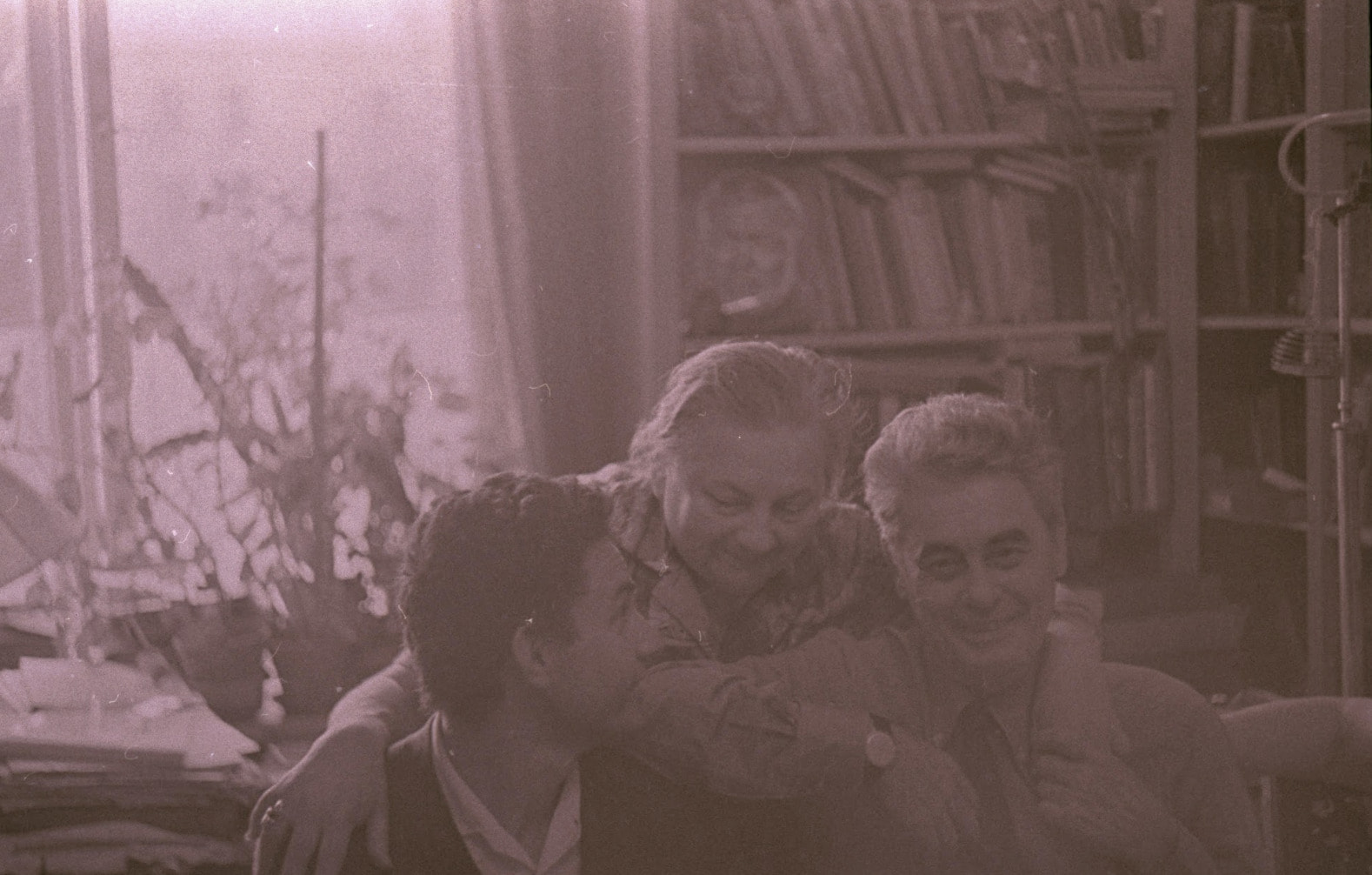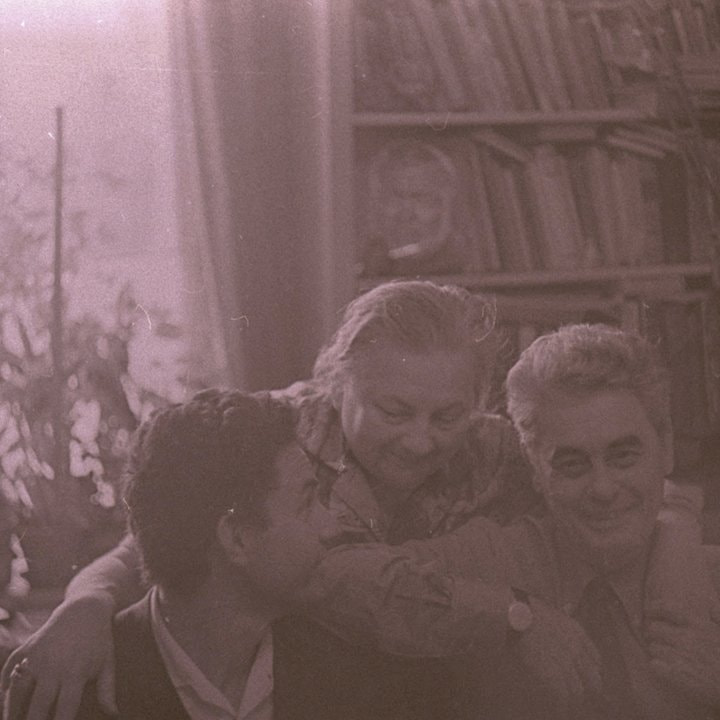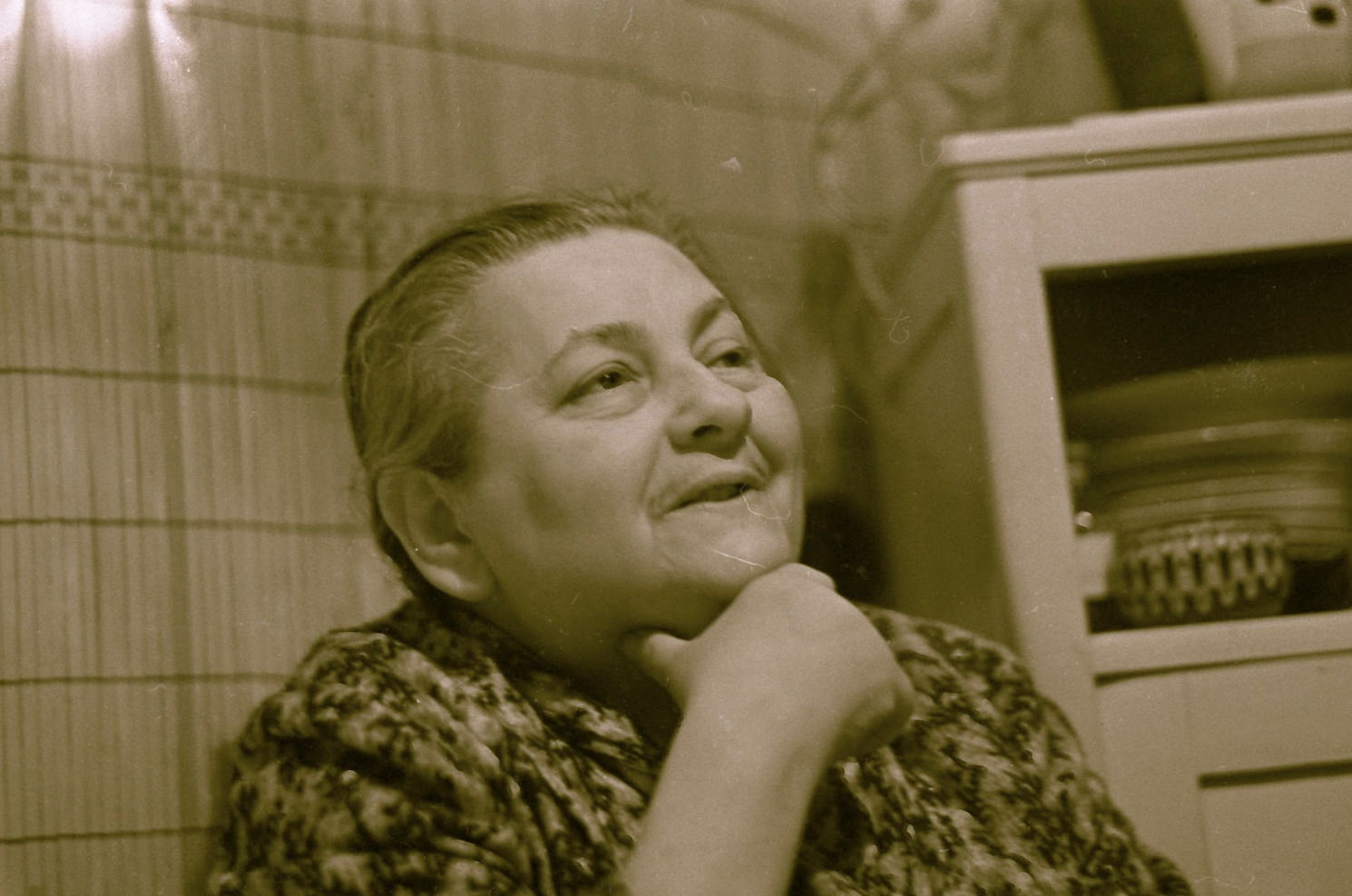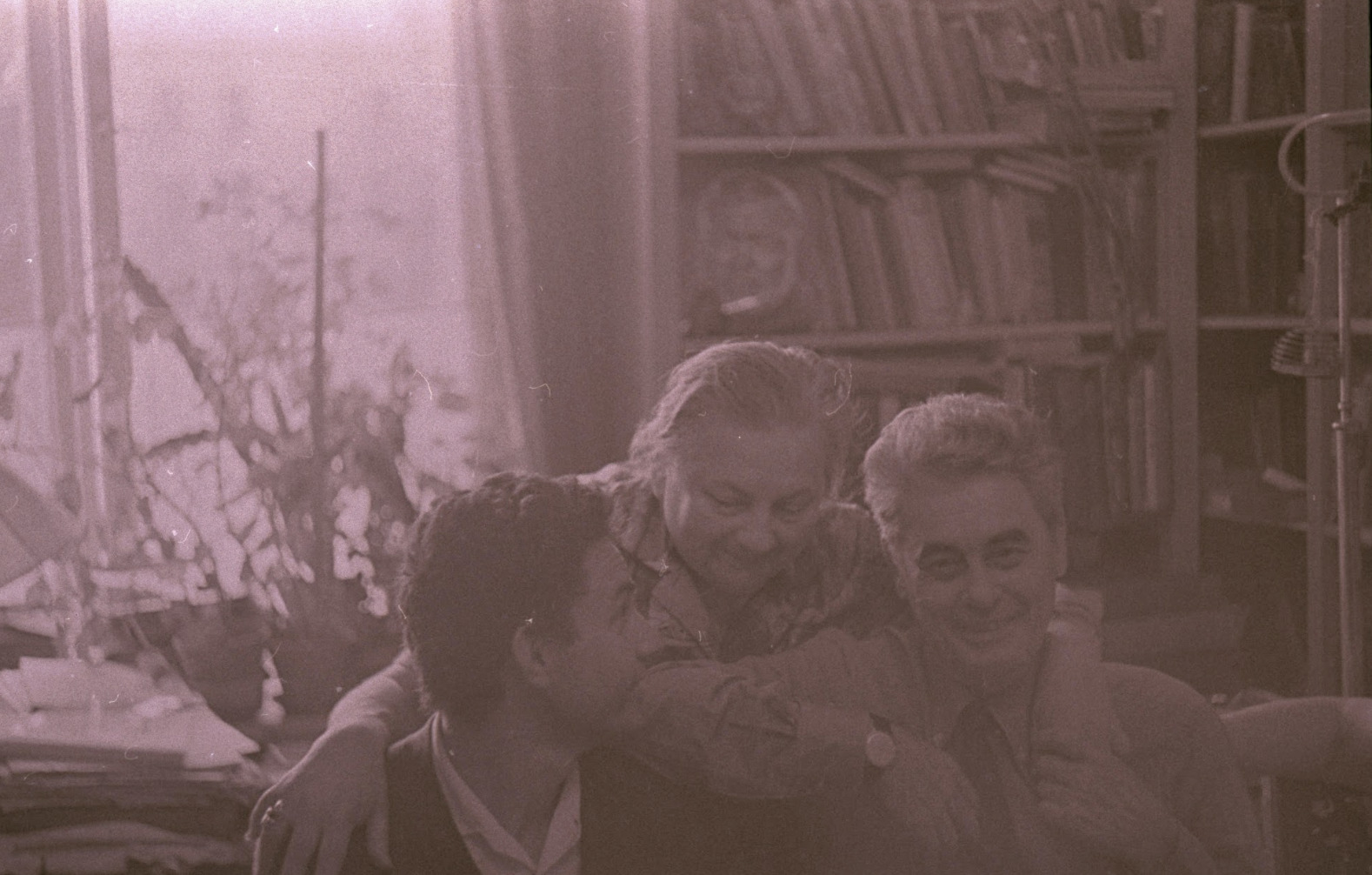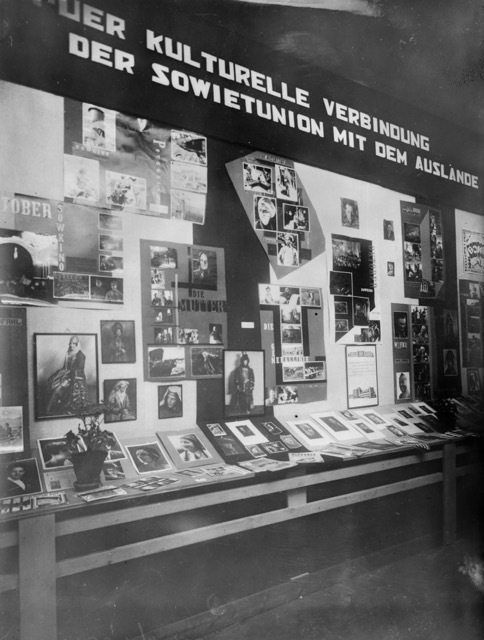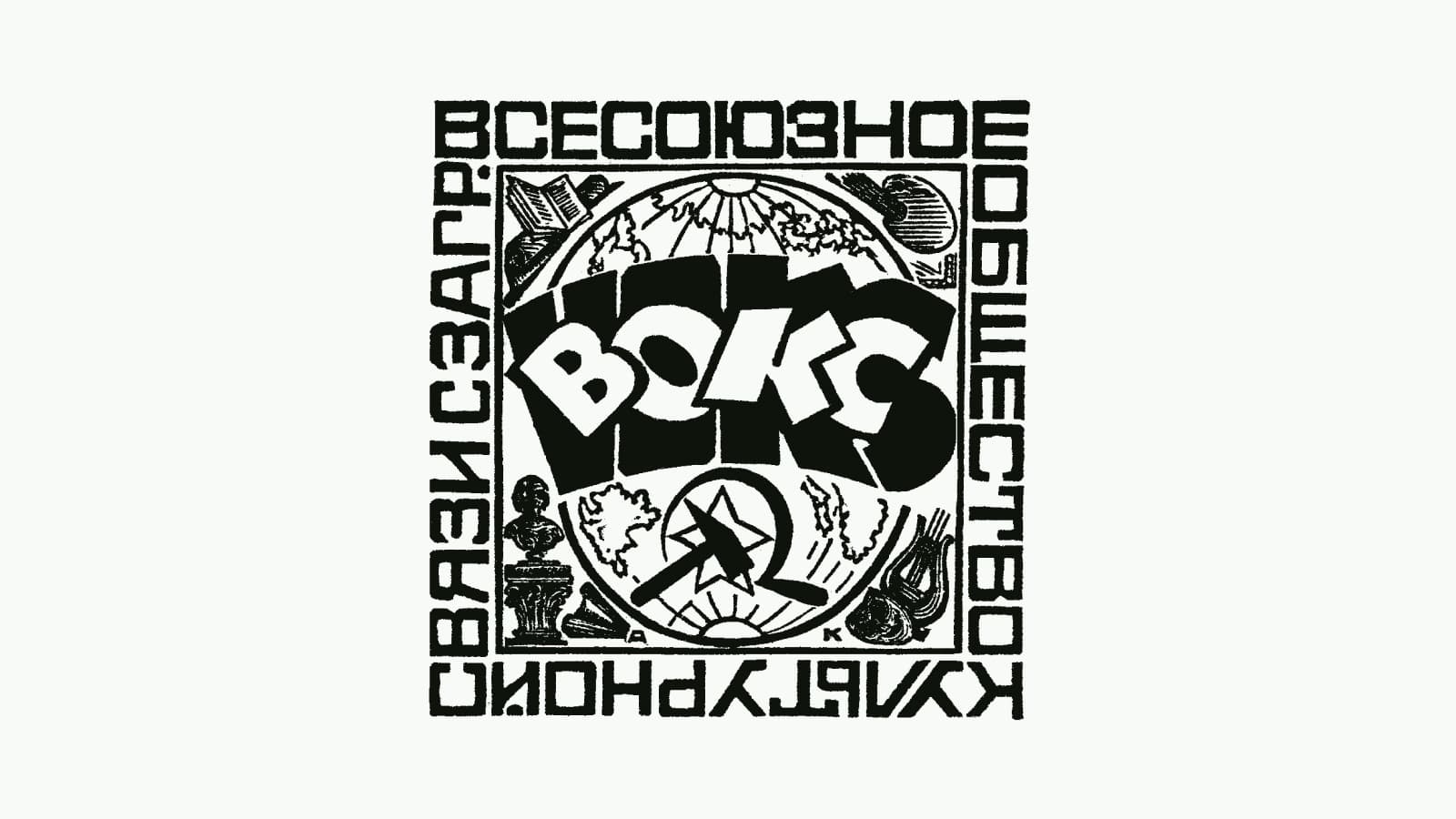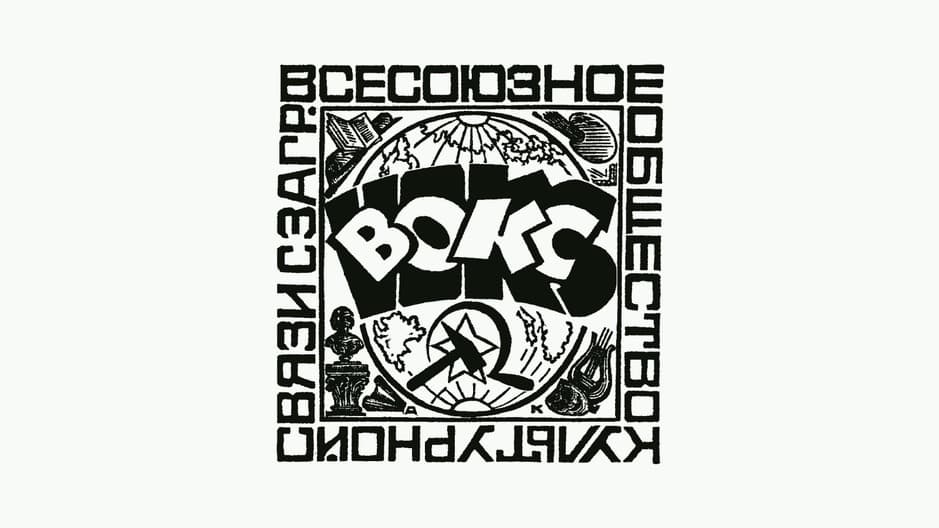This lecture opens the public program of the VOKS kinema research laboratory and focuses on Pera Atasheva (1900–1965), the wife of Sergei Eisenstein, whose work with his archive played a crucial role in preserving and promoting the director’s legacy.
In the 1920s, Pera Atasheva became an important figure in the Soviet film industry, although her contributions often remained «behind the scenes.» From the mid-1920s, she worked as a film journalist and translator, writing articles and booklets about famous Hollywood actors and reporting from the sets of Soviet directors.
When Atasheva joined the film division of the All-Union Society for Cultural Relations with Foreign Countries (VOKS), she became a key intermediary between Soviet filmmakers and the rest of the world. For Sergei Eisenstein, she served as press attaché and a vital link between his crew, Soviet newspapers and magazines, the leadership of Mosfilm and Soyuzkino, and international correspondents. At the time, poet, playwright, screenwriter, and LEF ideologist Sergei Tretyakov described Atasheva as «positioning the pieces on the chessboard of Eisenstein’s career.»
Her own film career began with her studies at Eisenstein’s experimental instructor-research workshop in 1928–1929, followed by work as a translator and assistant to Dutch documentarian Joris Ivens in the early 1930s. Over the next two decades Atasheva worked in both feature and documentary film as an assistant director, screenwriter, and director.
